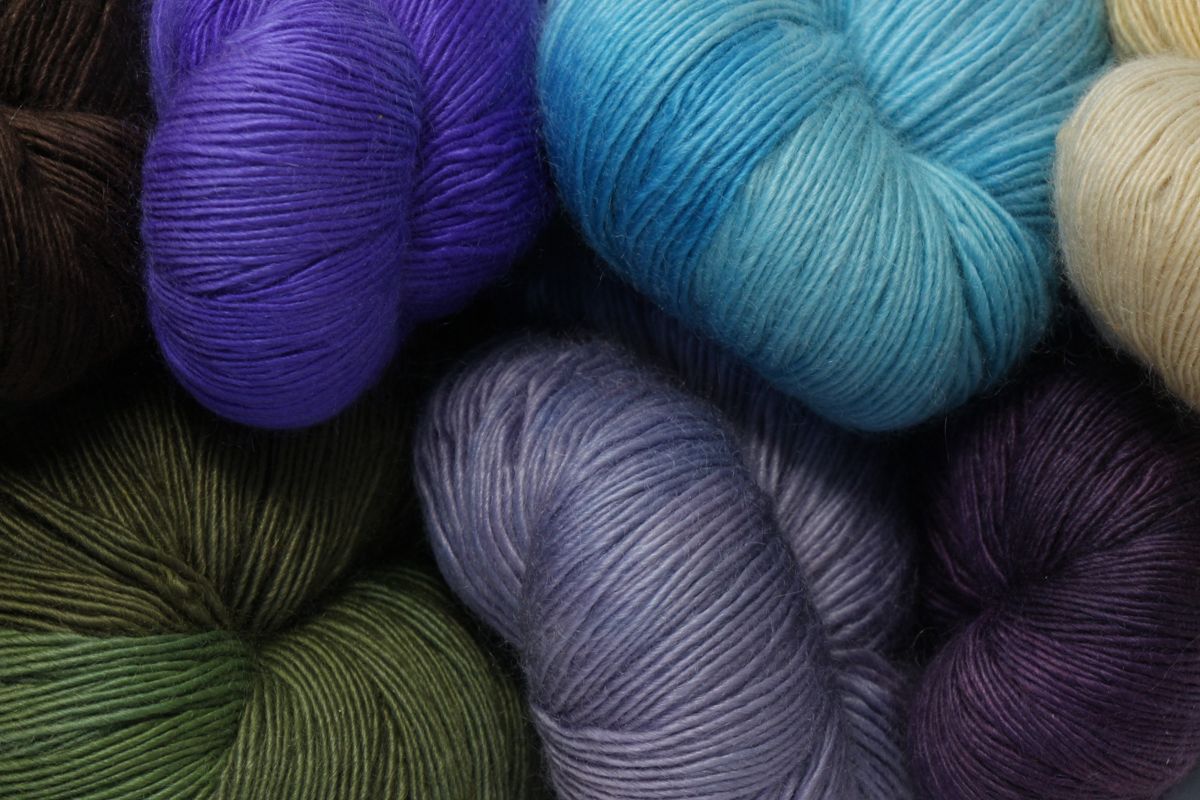The Fascinating Process Behind Producing cashmere Fibre and Its Uses
The Fascinating Process Behind Producing cashmere Fibre and Its Uses
Blog Article
Checking Out the Different Kinds Of Cashmere a Natural Fiber for Ultimate Luxury
Cashmere, an all-natural fiber, is usually linked with high-end and comfort. Not all cashmere is developed equal. From the highly soft Mongolian selection to the lightweight warmth of Indian Pashmina, each kind offers its very own special functions and allure. The more budget friendly Chinese cashmere, the traditional Scottish version, and the high-end Italian mix, all tell a different story of this amazing fiber. As we decipher the globe of cashmere, a much deeper understanding of its true worth and refinement begins to emerge.
Recognizing the Elegant Nature of Cashmere
Cashmere, often related to deluxe and comfort, holds a special appeal in the globe of natural fibers. This soft, light-weight product is fancied for its exceptional heat and amazing longevity. Unlike other natural fibers, cashmere combines insulation with breathability, using unparalleled comfort across differing temperatures. Its glossy finish and soft structure add to its premium charm, validating the premium cost that usually features cashmere garments. In addition, cashmere's fundamental wrinkle resistance and elasticity boost its value, making it a preferred choice for costs clothing and devices. Regardless of its delicate look, cashmere possesses an unexpected durability, able to keep its form and glamorous feel in time. This special mix of features cements cashmere's position as an icon of style and indulgence.
Just What Is Cashmere and Where Does It Originate from?

Given these outstanding top qualities, one could question the beginning and makeup of this elegant fiber. Cashmere is stemmed from the soft undercoat of cashmere goats, primarily discovered in Mongolia, China, Iran, and Afghanistan - is cashmere a natural fiber. These goats are adapted to severe weather conditions, creating a very great, soft underfur as a defense versus the bitter cold. This underfur, or undercoat, is what is harvested for cashmere. Each springtime, when the goats naturally lost their winter layer, farmers brush out the fine underhair, leaving the coarser hair behind. This thorough process adds to the shortage and high cost of cashmere. With its beginning in the extreme landscapes of Asia, cashmere is a testament to nature's ability to generate deluxe from misfortune.
Decoding the Different Sorts Of Cashmere
Recognizing the different wikipedia reference kinds of cashmere is crucial to valuing the high quality and special characteristics of this luxurious textile. Typically, cashmere is categorized right into 3 types: raw, virgin, and reused. Raw cashmere is directly gotten from the goat and is unrefined. This kind usually has contaminations such as dirt and crude hair. Virgin cashmere, on the various other hand, is the pure, unrecycled product that is rotated into thread for the very first time. It is the softest and most extravagant. Lastly, recycled cashmere is made from virgin material that has actually been previously utilized. It is re-spun and made use of in generating lower-cost cashmere items. Deciphering these types is the primary step in understanding the exclusivity and value visit this site right here of cashmere.

The Special Features of Each Sort Of Cashmere
Having actually checked out the various groups of cashmere, it ends up being obvious that each type boasts its distinct set of attributes. Mongolian cashmere, for circumstances, is renowned for its superior quality, due to Mongolia's extreme winter seasons that generate longer and finer fibers. Alternatively, Chinese cashmere is usually more cost effective, though its much shorter fibers can minimize toughness.
Why Cashmere Is the Epitome of Deluxe in vogue
Cashmere holds a prestigious position in the globe of fashion, related to as a symbol of high-end and class (is cashmere a natural fiber). Cashmere is acquired from the fine undercoat of Himalayan goats, understood for their superior high quality fiber. Cashmere's unparalleled convenience and resilience make it a popular material in the production of high-end garments.
The Refine of Making Cashmere: From Goat to Garment
The journey of cashmere, from being an undercoat of a Himalayan goat to an elegant garment, is a detailed one. This blend is after that meticulously divided, with only the soft down made use of for cashmere. From goat to garment, each step is a testimony to the ability, creativity and perseverance included in crafting cashmere.

Conclusion
To conclude, cashmere, with its all-natural sophistication and unequaled comfort, reigns supreme worldwide of deluxe fashion. The diversity in kinds, varying from the soft Mongolian, lightweight Indian Pashmina, inexpensive Chinese, traditional Scottish, to the vivid Italian, exposes the flexibility of this all-natural fiber. The meticulous process of changing it from a goat to a garment further contributes to its exclusivity, making cashmere the epitome of sophistication and deluxe.
Cashmere, a natural fiber, is often linked with luxury and convenience (is cashmere a natural fiber).Cashmere, typically associated with high-end and comfort, holds a special appeal in the globe of natural fibers. Unlike various other natural fibers, cashmere combines insulation with breathability, supplying exceptional comfort across differing temperatures. Cashmere Extra resources is acquired from the soft undercoat of cashmere goats, mainly located in Mongolia, China, Iran, and Afghanistan. Cashmere is derived from the great undercoat of Himalayan goats, known for their premium quality fiber
Report this page